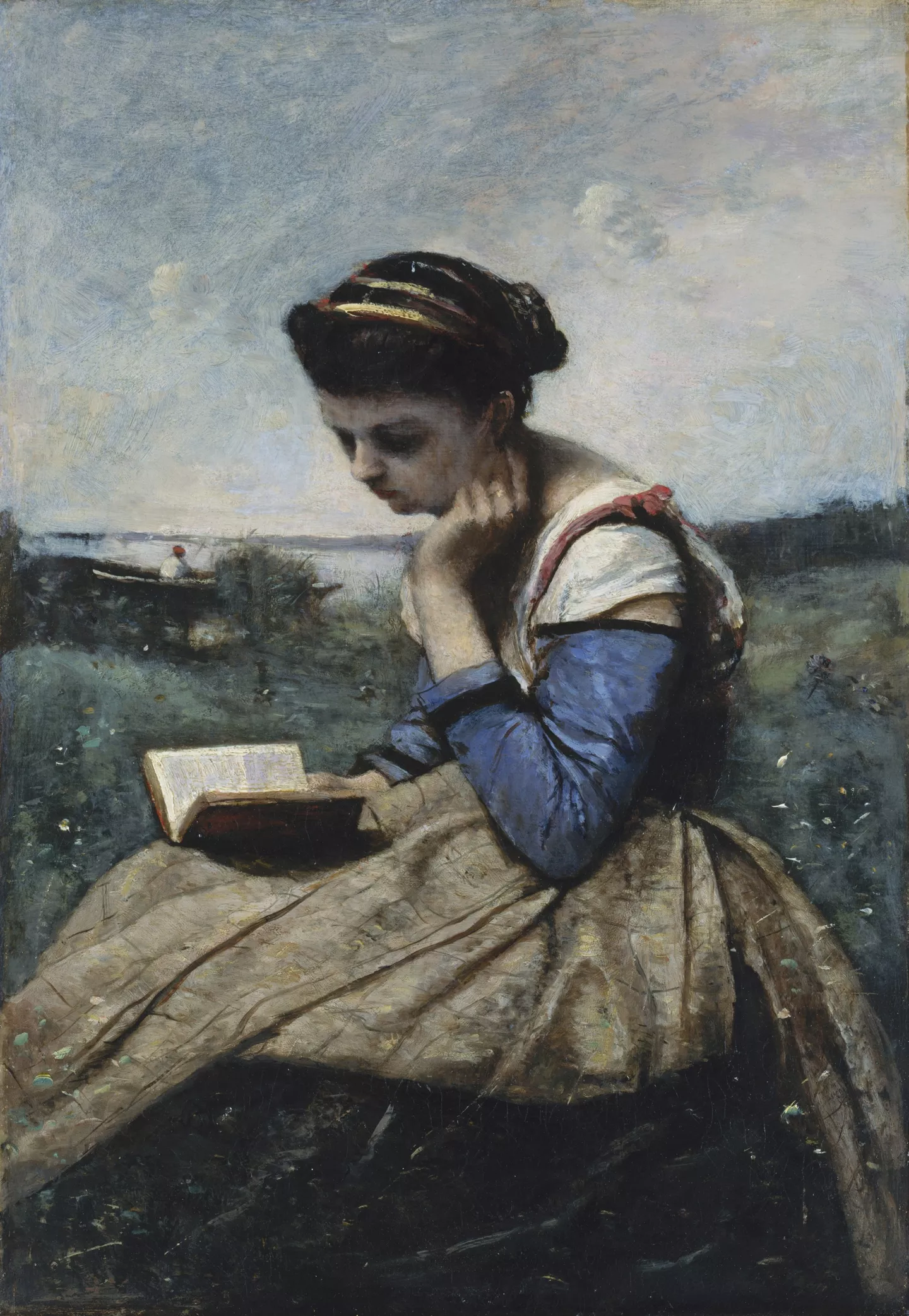
Amoretti I: Happy ye leaves when as those lilly hands
by Sophia Brookshire
Edmund Spenser wrote Amoretti about his courtship with Elizabeth Boyle and their eventual wedding in June of 1594. Spenser follows the Petrarchan style; however, one notable difference is that the women that Petrarch writes about are unavailable to him while Spenser wrote about a woman that he actually could have and did have. The rhyme scheme is a typical Spenserian sonnet: ABAB BCBC CDCD EE. In Sonnet 1, Spenser is talking to his poem/book about how wonderful it would be for his beloved to read his words; it would mean everything to him for his beloved to behold his loving words.
Happy ye leaves when as those lilly hands,
Shall handle you and hold in loves soft bands,
Lyke captives trembling at the victors sight. (lines 1-4)
Spenser is telling his poem that it will be so happy when his beloved's hands hold its pages in her Lilly white hands. Like other Petrarchan heroines, Spenser's beloved holds all of the power; she could kill him (metaphorically speaking) by rejecting his poem, which would be like rejecting his love. His soul would die without his beloved's love. Spenser uses an analogy to further convince the reader how much his beloved controls his destiny. His beloved is both his captor and his victor. She holds his poem and heart in "loves soft bands" (bonds- something that binds or restrains). Her hands could kill him ("dead doing might") or give him life. The poem and his heart trembles with the anticipation of her love, like when a captive catches sight of his victor (the person who frees him).
Those lamping eyes will deigne sometimes to look
And reade the sorrowes of my dying spright,
Written with teares in harts close bleeding book. (5-8)
Spenser tells his poem that it will be extremely happy when she gazes upon its lines with her "starry light" (starry eyes- having a romantic, sometimes naïve view of something). If those "lamping" (flashing- romance, excitement) eyes deign (deem the lives worthy) to read your lines, you will be filled with much joy. If she reads the poem she will discover the sorrows of his heart and dying "spright" (spirit), and the pages will bleed the tears of his "close" (secret) heart (love).
Of Helicon whence she is derived is,
When ye behold that Angels blessed looke,
My soules long lacked foode, my heavens blis. (9-12)
The rhymes of this poem have been bathed in the sacred river of the Helicon Mountains. The Hippocrene spring is the source of poetic inspiration. Helicon is believed to be a sacred site and favored by the Greek Gods, especially the nine muses. The legend of the river says that the winged horse Pegasus aimed his hoof at a rock and struck it with such force that a spring burst from that spot. Spenser says that his beloved is his muse ("she is derived"- she comes from the spring, as one of the Greek muses). Spenser tells the poem that when it has her ("Angel") blessed gaze, his starving soul is in heavenly bliss.
Whom if ye please, I care for other none. (13-14).
These two lines form the rhyming couplet, which summarize the entire poem. Spenser says he wrote these pages of rhymes for his beloved alone, because he cares for her above all other.

